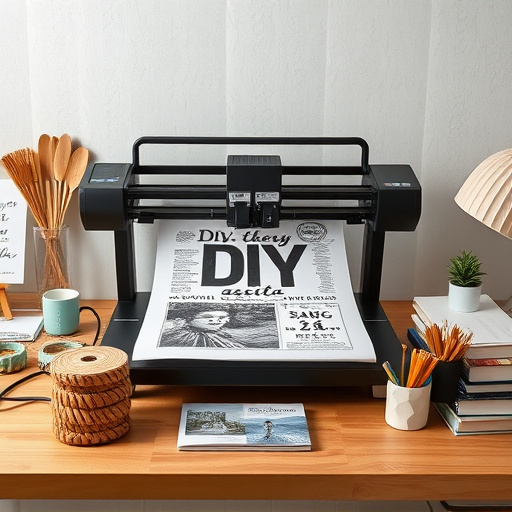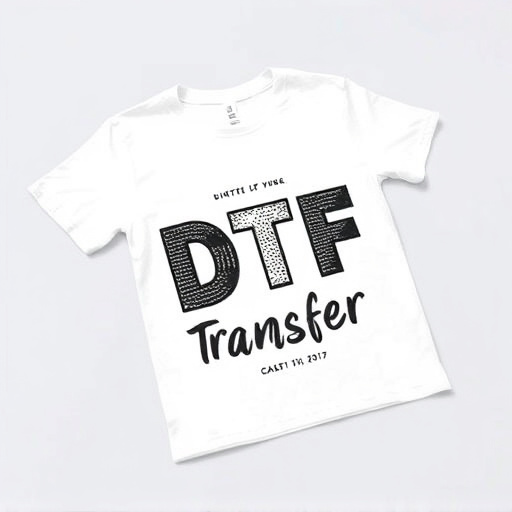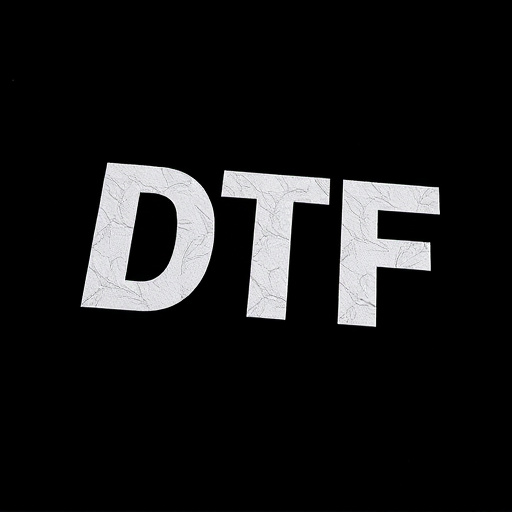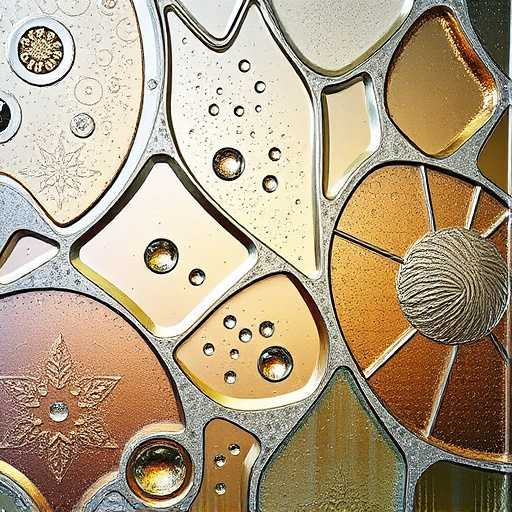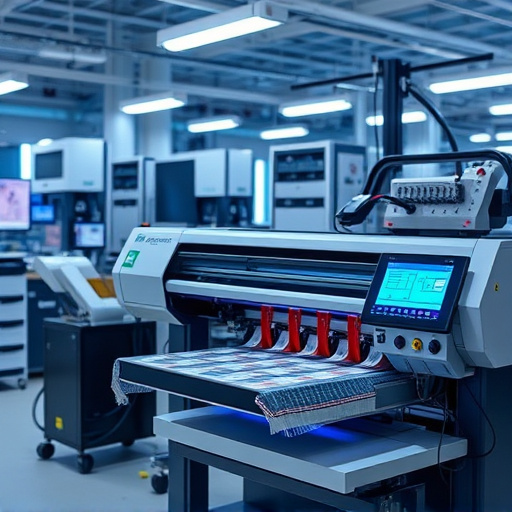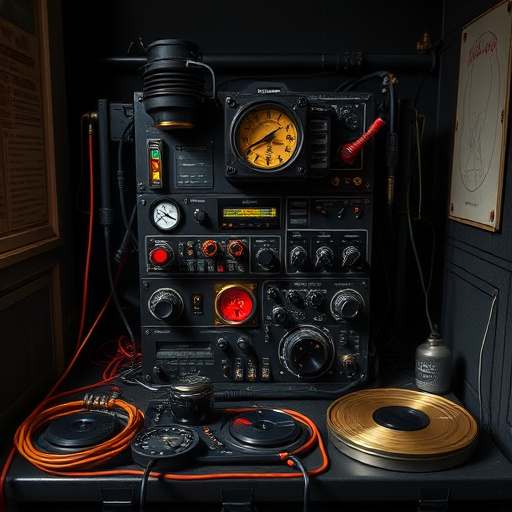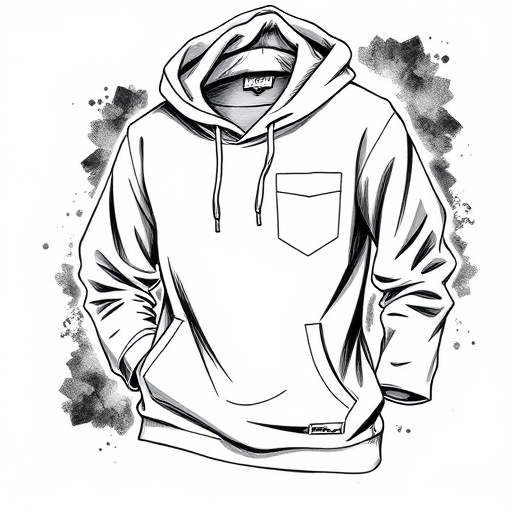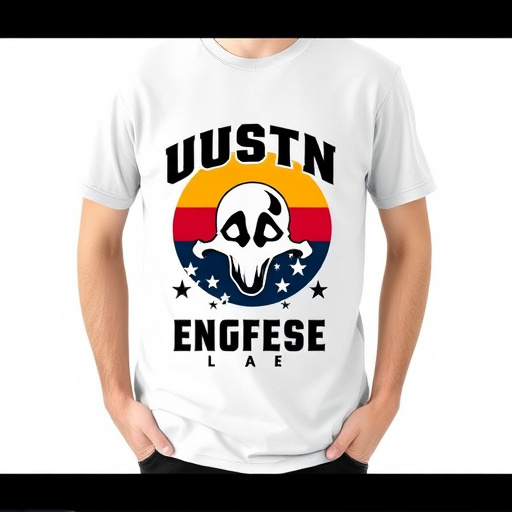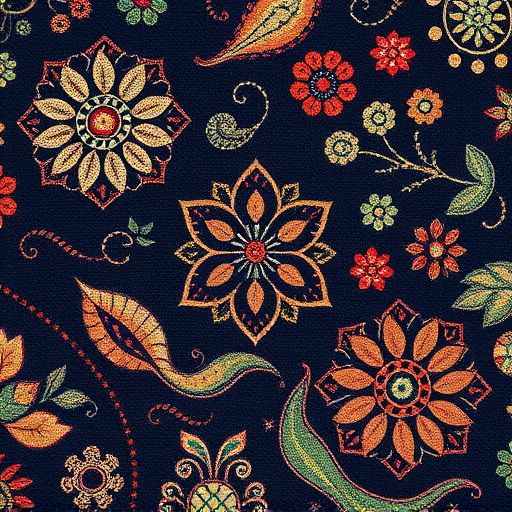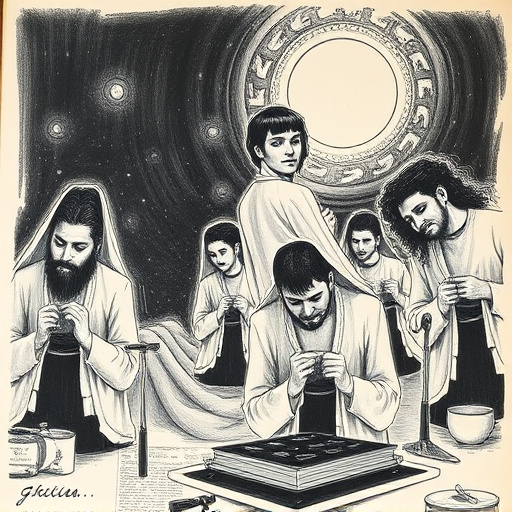Local DTF Printing is transforming apparel design with its ability to produce intricate, high-quality designs on fabric directly, offering unparalleled customization and efficiency for small businesses and artists. It enables precise color reproduction and detailed patterning, streamlining production cycles while reducing costs and minimizing environmental impact by eliminating ink waste and localizing manufacturing.
Local DTF (Direct to Fabric) printing is transforming apparel design, offering unique advantages over traditional methods. This article explores how local DTF printing enhances creative flexibility and personalization in clothing production, while also examining its environmental benefits. By understanding the intricacies of this technique, designers and consumers alike can appreciate the role it plays in shaping sustainable and distinctive fashion trends locally.
- Understanding DTF Printing: A Local Apparel Advantage
- Design Flexibility and Personalization with DTF
- The Environmental Impact of Local DTF Production
Understanding DTF Printing: A Local Apparel Advantage
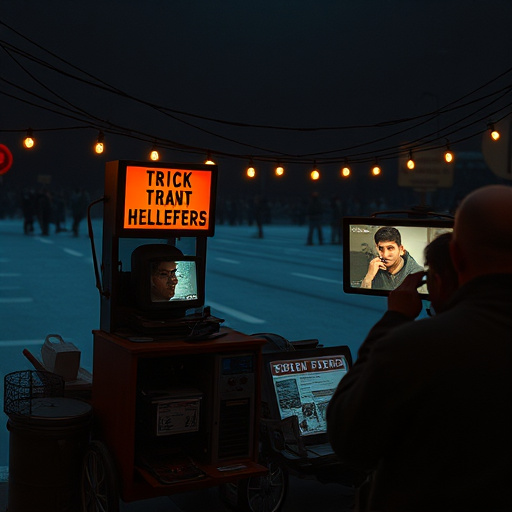
Local DTF printing has emerged as a game-changer in the apparel design industry, offering unique advantages to both designers and manufacturers. This innovative technique involves direct-to-fabric (DTF) printing, which allows for intricate and high-quality designs to be seamlessly integrated into clothing materials. By utilizing local DTF printing services, apparel creators can achieve exceptional customization and efficiency in their production processes.
For hoodies and other apparel items, DTF printing provides an unparalleled level of detail and vibrancy. Custom DTf transfers allow designers to bring their creative visions to life with precise color reproduction and intricate patterning. This local printing method streamlines the design-to-production cycle, enabling faster turnaround times and cost-effectiveness without compromising on quality. It’s a powerful tool for small businesses and independent artists looking to make their mark in the fashion industry while maintaining control over their creative process.
Design Flexibility and Personalization with DTF

Design flexibility and personalization are two key advantages that Local DTF Printing brings to the apparel design industry. Direct-to-fabric (DTF) printing allows designers and brands to create unique, one-of-a-kind garments with intricate details and complex color palettes. With DTF transfers, it’s possible to incorporate custom artwork, graphics, and text onto various fabrics, offering endless creative possibilities. This method is particularly beneficial for small batches or limited-edition pieces where traditional printing techniques might not be as cost-effective or practical.
Moreover, Local DTF Printing enables the mass customization of apparel. Designers can easily adapt designs to individual customer preferences, creating personalized garments tailored to specific needs and tastes. Whether it’s a bulk DTG shirt production run or crafting a custom order for a unique event, this technology facilitates efficient small-scale manufacturing while maintaining high-quality results.
The Environmental Impact of Local DTF Production

The environmental impact of local DTF (Direct to Film) printing in apparel design is a growing area of interest as sustainability becomes a priority for many consumers and brands. Traditional printing methods often involve chemical-laden inks and elaborate processes, leading to significant waste and pollution. In contrast, Local DTF Printing offers a greener alternative by reducing the need for these harmful substances. With a direct to film printer, designs are transferred onto heat transfer paper, eliminating the use of toxic solvents and ink waste that commonly results from traditional screen printing or digital printing methods.
Moreover, this local production method minimizes transportation-related emissions, as clothing doesn’t need to be shipped over long distances. DTF heat transfer paper is designed for efficiency and precision, ensuring minimal material waste during the printing process. This not only reduces the carbon footprint of apparel manufacturing but also encourages a more circular economy by minimizing textile waste and promoting sustainable production practices within local communities.
Local DTF printing is a game-changer for apparel design, offering unparalleled flexibility and personalization while also minimizing environmental impact. By leveraging this local manufacturing technique, designers can create unique, vibrant pieces that cater to individual tastes and sustainable production goals. In today’s market, the advantage of local DTF printing is clear, enabling both innovative design and responsible practices.
